Beyond the Cosmos: How Nintendo’s Super Mario Galaxy Announcements Point to a Grand Strategy
Popular Now
 Poppy Playtime
Poppy Playtime
 Valorant
Valorant
 Garena Free Fire: Kalahari
Garena Free Fire: Kalahari
 CarX Street
CarX Street
 Free Fire Max
Free Fire Max
 Fall Guys
Fall Guys
 Minecraft – Top 5 Minecraft Mobs
Minecraft – Top 5 Minecraft Mobs
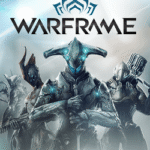 Warframe
Warframe
 NBA 2K24
NBA 2K24
 Counter-Strike 2
Counter-Strike 2 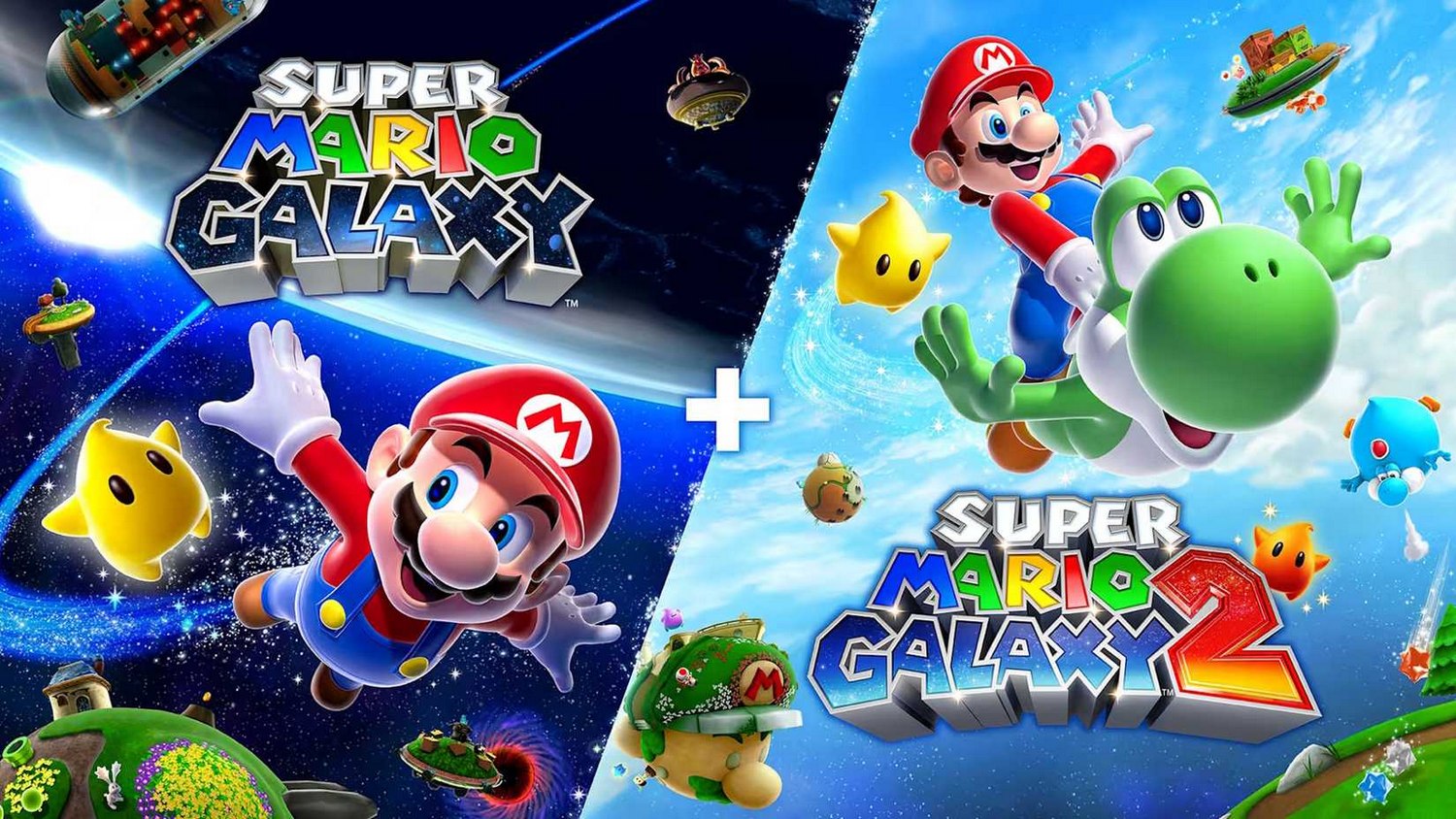 The recent Nintendo Direct was a whirlwind of monumental reveals, but none sent a more powerful signal than the one-two punch of Super Mario Galaxy announcements. First, the official title of the highly anticipated animated film sequel was confirmed as “The Super Mario Galaxy Movie,” with a release date set for April 2026. This reveal was immediately followed by the long-awaited news that both Super Mario Galaxy and Super Mario Galaxy 2 would be coming to the Nintendo Switch, either as a bundled physical release or individual digital downloads. This wasn’t a coincidence; it was a carefully orchestrated strategy from a company that rarely makes a move without a larger plan in mind. The dual announcements aren’t just a celebration of a beloved game series, they’re a foundation being laid for something much bigger in the Super Mario universe.
The recent Nintendo Direct was a whirlwind of monumental reveals, but none sent a more powerful signal than the one-two punch of Super Mario Galaxy announcements. First, the official title of the highly anticipated animated film sequel was confirmed as “The Super Mario Galaxy Movie,” with a release date set for April 2026. This reveal was immediately followed by the long-awaited news that both Super Mario Galaxy and Super Mario Galaxy 2 would be coming to the Nintendo Switch, either as a bundled physical release or individual digital downloads. This wasn’t a coincidence; it was a carefully orchestrated strategy from a company that rarely makes a move without a larger plan in mind. The dual announcements aren’t just a celebration of a beloved game series, they’re a foundation being laid for something much bigger in the Super Mario universe.
For years, fans have speculated about the future of the Mario franchise, particularly the possibility of a Super Mario Galaxy 3 or a brand-new mainline 3D Mario adventure. The back-to-back announcements, however, suggest that Nintendo is not only leveraging the legacy of the Galaxy games but is also setting the stage for a cross-media initiative that will define the franchise for years to come. This strategy isn’t just about selling a movie ticket or a game copy; it’s about building a cohesive, interconnected universe that can be experienced across different platforms, from cinemas to consoles. This is a brilliant business move, and it’s a testament to Nintendo’s newfound willingness to utilize its most valuable IPs to their full potential.
 The Movie and Game Synergy: A Marketing Masterclass
The Movie and Game Synergy: A Marketing Masterclass
The connection between the new animated film and the game re-releases is the most obvious part of this grand strategy. The Super Mario Galaxy Movie will reintroduce the cosmic setting, the beloved character of Rosalina, and the Lumas to a global audience, many of whom may have never played the original games on the Nintendo Wii. The re-release of both games on the Nintendo Switch is perfectly timed to capitalize on this renewed interest. As moviegoers leave the theater, a significant portion will be motivated to explore the source material. By making both Super Mario Galaxy games readily available on the current-generation console, Nintendo provides an immediate and accessible entry point. This marketing synergy is a powerful tool, maximizing both box office returns and game sales. It’s a strategy that has been a long time coming for Nintendo, and a brilliant way to introduce a new generation of fans to what many consider the pinnacle of 3D platforming.
Furthermore, the game re-releases are not simple ports. Nintendo has confirmed several key upgrades, including 4K resolution support on the upcoming Nintendo Switch 2, a new assist mode, and an enhanced user interface. The most intriguing detail, however, is the inclusion of new storybook content for Rosalina. This is a rare move for a Nintendo re-release and strongly suggests a narrative connection between the games and the film. The expanded lore could serve as a direct bridge, providing a deeper context for events in the movie and further rewarding dedicated fans. This careful expansion of the story, combined with the new Mario & Luma and Rosalina & Lumas amiibo, demonstrates Nintendo’s commitment to building a rich and interconnected universe.
 Paving the Way for a New Mainline Entry
Paving the Way for a New Mainline Entry
While the focus is currently on the movie and the re-releases, the cosmic groundwork being laid strongly hints at the future of the mainline Mario games. For years, the gaming community has been debating the form of the next major 3D Mario title. Following the success of Super Mario Odyssey, which embraced a free-roaming, sandbox-style world, many expected a direct sequel. However, the renewed emphasis on the Galaxy series, with its planetoid-hopping, linear-but-exploratory level design, might be a subtle test. Could Nintendo be gauging fan reception to the Galaxy formula on modern hardware? The success of the Switch versions of these games could influence the design direction of the next flagship Mario title.
The possibility of a Super Mario Galaxy 3, while not explicitly announced, is now more plausible than ever before. Nintendo has been known to bring back popular gameplay styles for sequels, such as the direct follow-up Super Mario Galaxy 2 on the Wii, and a modern take on this concept could be in development. Alternatively, the next 3D Mario game might not be a direct sequel but a new project that incorporates elements from the Galaxy series. Imagine a new mainline title that combines the open-world feel of Odyssey with the gravitational physics and unique level design of Galaxy. Such a game would be a true evolution of the genre, and the current announcements feel like a preparation phase for that ambitious project.
 The Larger Mario Universe and Financial Projections
The Larger Mario Universe and Financial Projections
From a business perspective, the strategy is flawless. By creating a unified media presence, Nintendo ensures that the Mario brand remains at the forefront of popular culture. The success of The Super Mario Bros. Movie set a precedent for what can be achieved, and the sequel, with its cosmic theme, has the potential to be even bigger. The movie’s strong brand recognition and high-profile cast, including Chris Pratt as Mario and Anya Taylor-Joy as Princess Peach, make it a surefire hit. This creates a positive feedback loop: a successful movie drives game sales, which in turn reinforces the value of the brand, making future media projects even more attractive. This is the kind of long-term, multi-platform planning that will secure Nintendo’s dominance in the global entertainment market for years to come.
The financial keywords in this strategy are undeniable: Nintendo Switch games, Mario franchise sales, Illumination Entertainment, and gaming industry revenue. These announcements create a massive buzz, leading to a surge in pre-orders and V-Bucks purchases for related in-game items (as seen with the LEGO starter packs). This controlled rollout of major IP across different media is the gold standard for modern entertainment franchises. It’s a calculated move that capitalizes on nostalgia while simultaneously building a new, expanded universe. The back-to-back announcements aren’t just a simple reveal; they are a sign of a company firing on all cylinders, using its most powerful IP to chart a course for a future where Mario isn’t just a video game character, but a true global entertainment icon.
The gaming and cinematic worlds are now intertwined in a way that fans could only have dreamed of just a few years ago. While we can’t know for certain what’s next, the evidence points to a future where Super Mario will continue to reach for the stars, both on and off the console. The Galaxy is just the beginning.

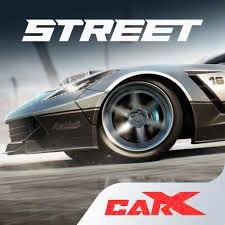


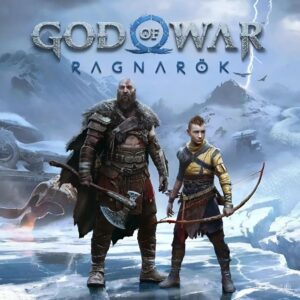




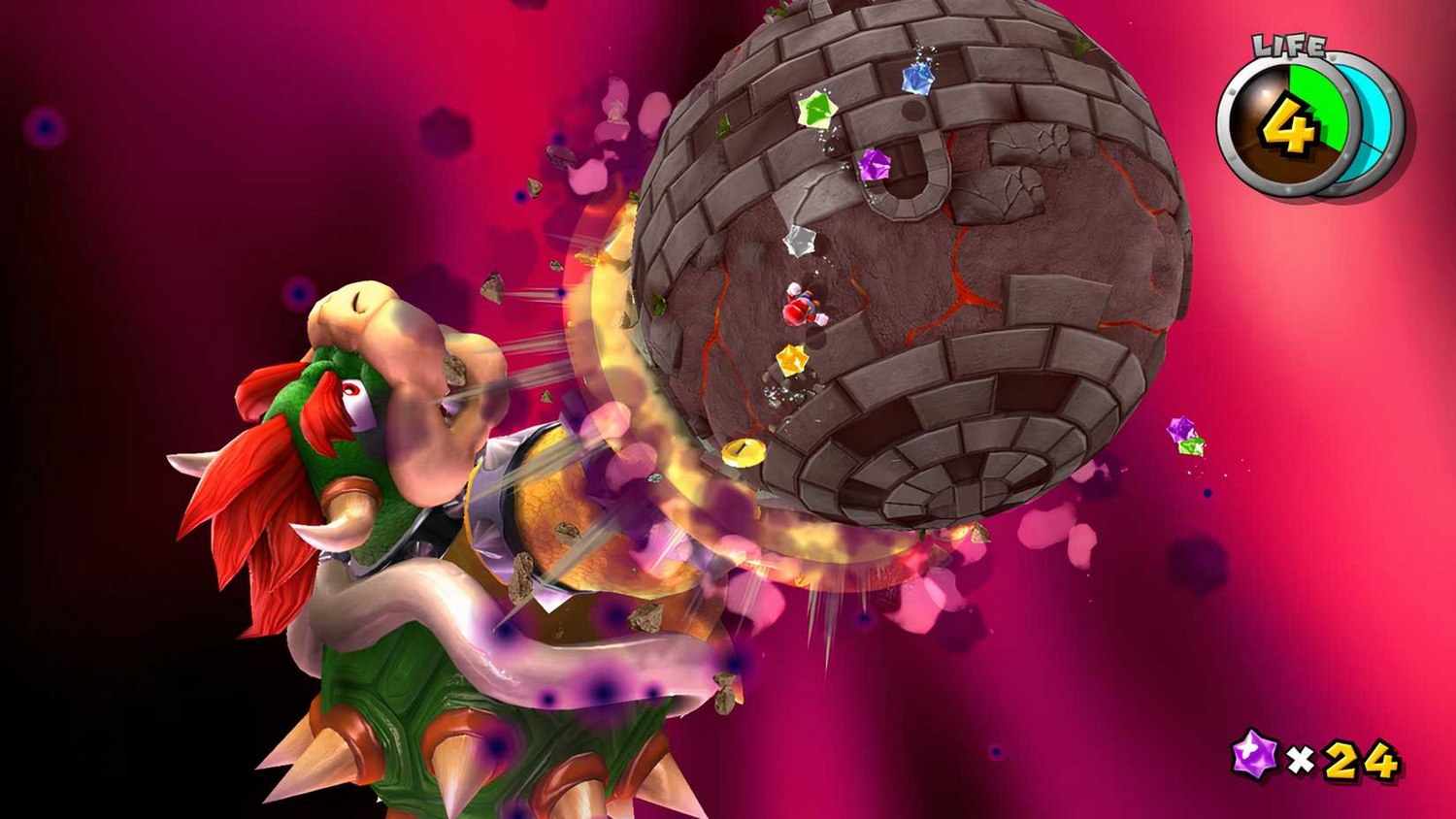 The Movie and Game Synergy: A Marketing Masterclass
The Movie and Game Synergy: A Marketing Masterclass Paving the Way for a New Mainline Entry
Paving the Way for a New Mainline Entry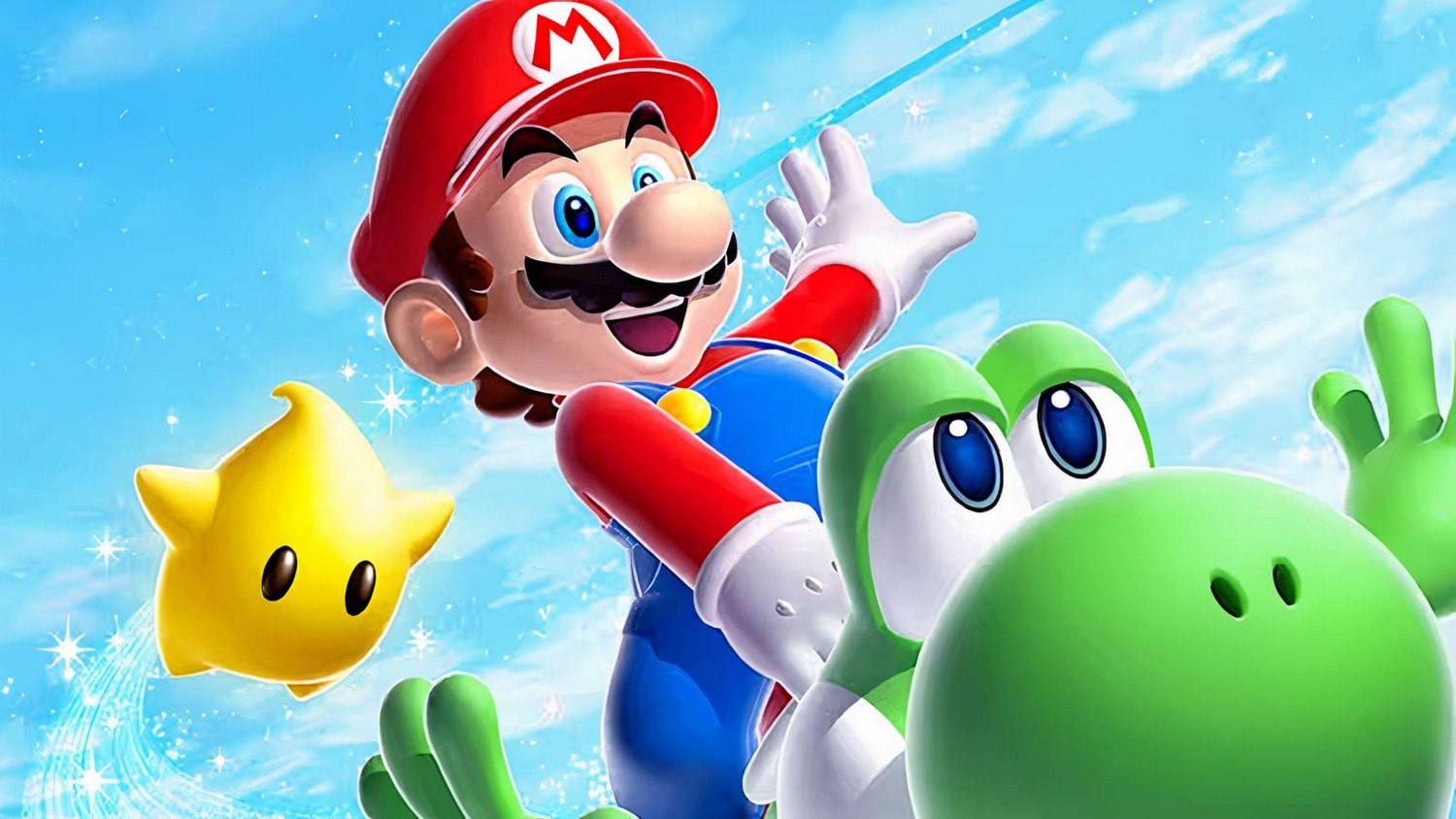 The Larger Mario Universe and Financial Projections
The Larger Mario Universe and Financial Projections